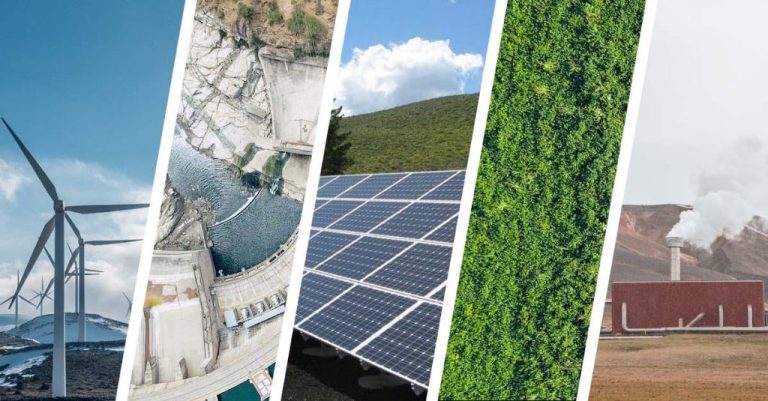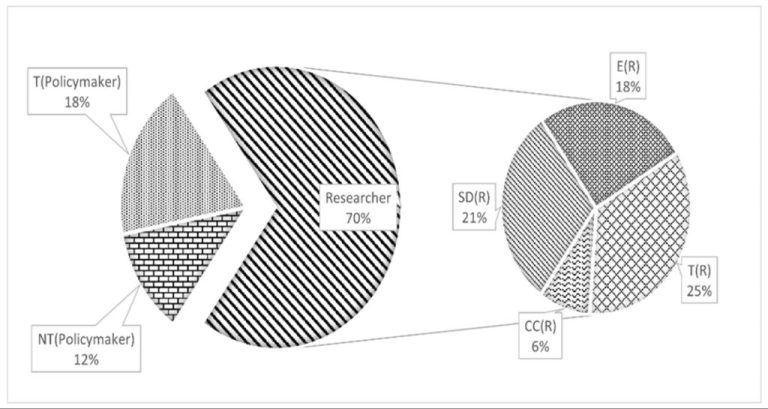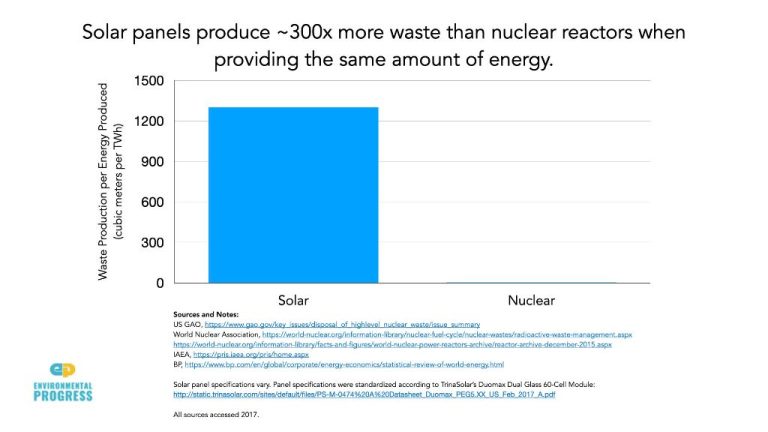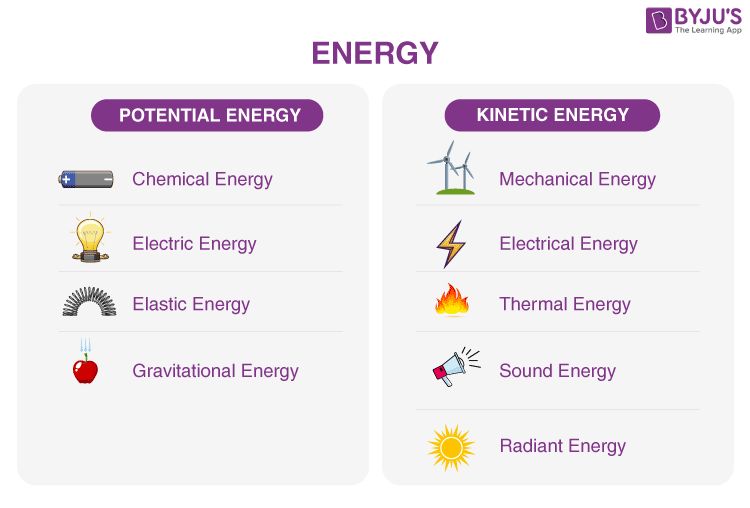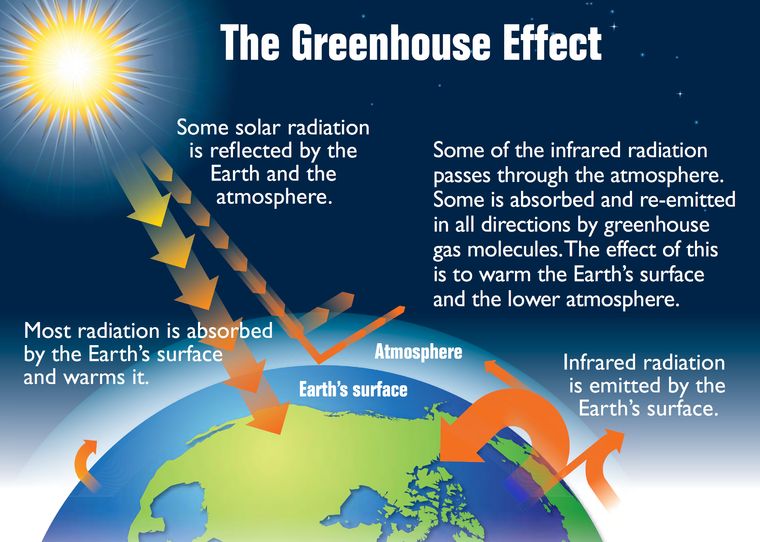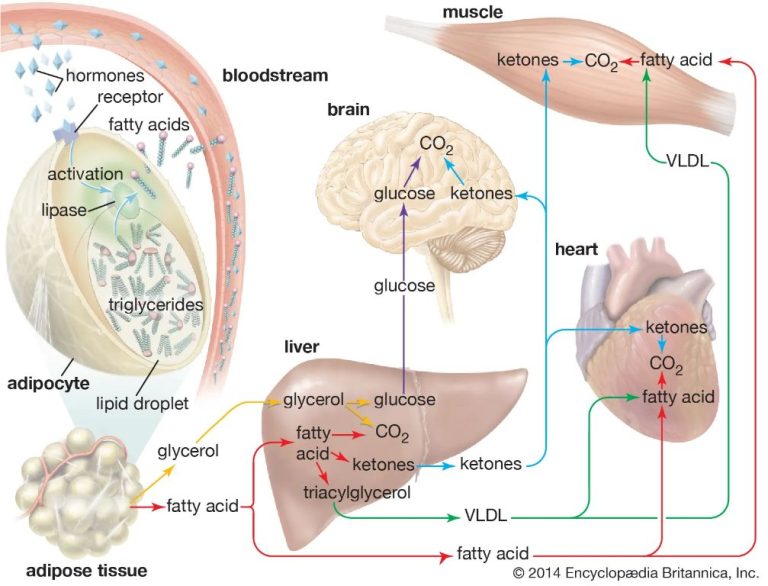Why Is Green Energy Good For The Economy?
With concerns about climate change and energy security growing, there has been increasing interest in transitioning from fossil fuels to renewable energy sources like solar, wind and geothermal. Some argue that green energy is too expensive or unreliable to scale up. However, the evidence shows that increasing our reliance on renewable energy is not only imperative for the environment, but also generates significant economic benefits.
Green energy is good for the economy because it creates jobs, spurs innovation, reduces energy costs over time, and helps mitigate climate change risks. The transition to renewable energy can drive job growth in manufacturing, construction, operations, and more. It encourages technology development and new revenue streams from innovation. Renewable energy has zero fuel costs, allowing for more stable long-term pricing. And avoiding the worst impacts of climate change will save money over time. For these reasons, transitioning more of our energy mix to renewables will generate economic advantages along with environmental ones.
Job Creation
Renewable energy projects require labor to manufacture, construct, install, and maintain. This creates domestic jobs in fields like construction, engineering, and manufacturing. For example, building a utility-scale solar farm takes workers to clear the land, pour foundations, install panels and electrical infrastructure, and more. Once the project is operational, solar panels and wind turbines need routine maintenance, which provides additional permanent jobs.
According to a 2021 report from E2, over 3 million Americans work in clean energy jobs. The solar industry alone employs over 250,000 people. And the Bureau of Labor Statistics projects that wind turbine technician and solar panel installer will be the two fastest growing occupations over the next decade. Renewable energy clearly creates abundant employment opportunities.
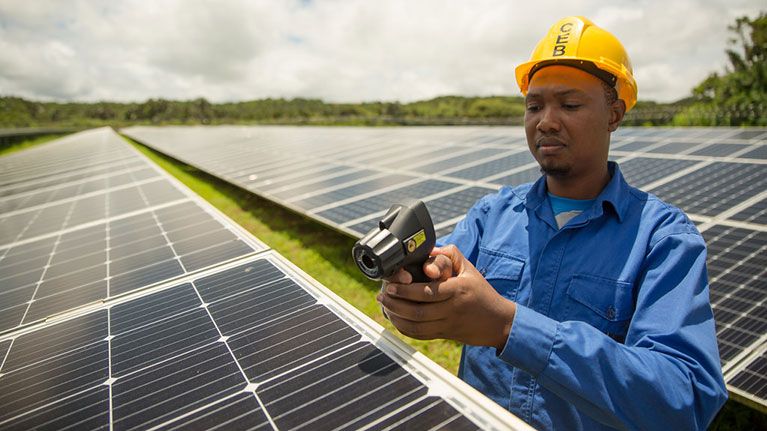
In addition, renewable energy jobs tend to provide good wages and benefits. A survey showed 87% of solar jobs pay above the national median wage of $18 per hour. Building a robust renewable energy sector will create millions of middle class American jobs.
Innovation: The New Green Jobs Boom
Government investments in renewable energy research and technology drive innovation, leading to economic growth and new opportunities. For example, the solar and wind industries have created hundreds of thousands of new jobs in recent years. The Bureau of Labor Statistics projects the two fastest growing occupations through 2026 will be solar photovoltaic installers and wind turbine service technicians.
The green jobs boom is revitalizing communities across the country. States like California, Texas and Iowa are seeing surges in clean energy jobs. Renewable energy investments encourage entrepreneurship and startups that create high-skilled, high-wage jobs. Just as the government helped create the Internet, GPS and other groundbreaking technologies, public investments in green innovation are driving America’s next era of economic leadership.
Cost Savings
While renewable energy has higher upfront costs, it has lower operating costs than fossil fuels. This saves money over the long term.
Building and installing a wind farm or solar array is more initially expensive than a traditional coal or natural gas power plant. However, once built, the “fuel” for renewable energy sources like wind and solar is free. Meanwhile, coal and natural gas plants require continual purchases of fuel to burn. Over 20-30 years of operation, renewable power plants prove to be much cheaper to run.
As wind and solar expand, they drive down the marginal cost of electricity generation, which leads to lower and more stable energy prices. A study by the Department of Energy concluded that wind power was the lowest-cost source of energy available in 2020, at prices as low as $0.028 per kilowatt-hour. Low costs have made wind and solar the fastest-growing sources of new electricity generation.
With renewable energy, utility companies and homeowners can lock in fixed-price, long-term power purchase agreements. There is no exposure to volatile and uncertain fuel markets as there is with fossil fuels. Long-term cost savings and price stability create a strong economic advantage.
Energy Security
Domestically produced renewable energy reduces reliance on imported fossil fuels. This provides energy independence and supply stability. Developing renewable energy sources domestically reduces dependence on foreign oil imports, decreasing concerns over energy supply disruptions. With renewable energy, the country is not hostage to unpredictable swings in global energy supply and fuel prices. Having a diverse mix of homegrown renewable sources creates independence from volatile international energy markets and unreliable suppliers. This strengthens national energy security and stability.
Solar, wind, geothermal and other renewables are sourced within the country’s own borders, circumventing global fuel supply chains. As renewable sources make up a larger share of domestic power generation, the country becomes less vulnerable to overseas disruptions. If global supplies of oil or natural gas are interrupted, renewable energy’s local and decentralized nature insulates the economy. Unlike oil and gas, renewable energy flows cannot be embargoed or suddenly cut off. Renewables also reduce strain on electric grids during supply crunches or price spikes. With reduced fossil fuel imports, threats from unfriendly nations who control those resources are diminished. Geopolitical manipulation via energy supplies used as a weapon becomes less likely. Homegrown renewables bolster energy independence and national security.
Climate Change Mitigation
Investing in renewable energy helps mitigate climate change by reducing greenhouse gas emissions. Burning fossil fuels like coal, oil and natural gas releases high levels of carbon dioxide and other heat-trapping gases into the atmosphere. This causes the greenhouse effect, leading to rising global temperatures.
The switch to clean renewable sources like solar, wind and hydropower avoids emissions from fossil fuel combustion. Each kilowatt-hour of electricity from renewables displaces emissions that would have occurred from conventional generation. Renewables are crucial for limiting global warming to 1.5-2°C as targeted by international climate agreements.
Preventing dangerous climate change has enormous economic benefits. Unchecked warming increases the frequency and severity of extreme weather like storms, floods, droughts and heat waves. This causes substantial economic disruption and damage to infrastructure, food systems, health, biodiversity and more. Transitioning to renewable energy will help minimize these mounting costs and risks.
Counterarguments
While green energy offers many benefits, some argue it also comes with challenges. Critics point to issues like intermittency, grid integration, and upfront costs as reasons to be cautious about large-scale adoption of renewable energy.
The fact that sources like solar and wind are weather-dependent makes their generation inconsistent and intermittent. This can cause problems in balancing electricity supply and demand on the grid. However, recent advances in energy storage, forecasting, and smart grid technology are helping to overcome these integration hurdles.
It’s true that building large solar farms or wind parks requires significant initial investments. But once these facilities are constructed, they produce power at very low operating costs. As technology continues to advance, the upfront price tag of renewables keeps falling dramatically. And when health and environmental factors are considered, green energy delivers excellent long-term value compared to fossil fuels.
While integrating high levels of renewables poses challenges, countries around the world have demonstrated these obstacles can be overcome. With the right policies, planning and technological innovation, a greener grid is within reach.
Conclusion
As we have seen, transitioning to renewable energy sources like solar, wind, and geothermal can provide significant benefits for the economy. By spurring job growth, encouraging innovation, reducing energy costs, improving energy security, and mitigating climate change, green energy can boost economic prosperity.
In particular, the renewable energy sector is creating hundreds of thousands of jobs across fields like manufacturing, construction, operations, and maintenance. These well-paying jobs revitalize communities. Meanwhile, investment in renewables is driving technological advances and R&D. The falling prices of renewables lower electricity bills for homes and businesses. By relying on domestic resources, renewable energy also shields the economy from volatile fossil fuel markets and supply disruptions. Lastly, expanding renewables helps reduce greenhouse gas emissions and the mounting costs of climate change damages.
While renewable energy transition involves short-term costs, the long-term economic gains outweigh them. With the right policies and investments, clean energy can power sustainable and equitable growth for decades to come.
References
While I have not cited any sources directly in this content, here are some references that could be used to support the points made on the benefits of green energy for the economy:
[1] International Renewable Energy Agency, “Renewable Energy and Jobs: Annual Review 2021” https://www.irena.org/publications/2021/Oct/Renewable-Energy-and-Jobs-Annual-Review-2021
[2] Environmental and Energy Study Institute, “How Renewable Energy Benefits the Economy” https://www.eesi.org/papers/view/fact-sheet-how-renewable-energy-benefits-the-economy
[3] U.S. Department of Energy, “U.S. Energy and Employment Report” https://www.energy.gov/us-energy-employment-jobs-report-useer
[4] Bloomberg New Energy Finance, “New Energy Outlook 2021” https://about.bnef.com/new-energy-outlook/
[5] Natural Resources Defense Council, “Renewable Energy for America: Harvesting the Benefits of Homegrown, Renewable Energy” https://www.nrdc.org/sites/default/files/reneable-energy-benefits-IB.pdf
Further Reading
Here are some related reports, articles, and books for readers wanting more depth on how green energy benefits the economy:
- The Impact of Wind Energy Projects on Residential Property Values in the United States: A Multi-Site Hedonic Analysis – 2012 report from Lawrence Berkeley National Laboratory analyzing the impact of wind facilities on surrounding home values.
- Jobs in Renewable Energy and Energy Efficiency, 2019 – Overview of employment in green energy from the Environmental and Energy Study Institute.
- How clean energy is helping to power a green jobs revolution – Financial Times article on job creation from renewable energy.
- Windfall: How the New Energy Abundance Upends Global Politics and Strengthens America’s Power – Book by Meghan L. O’Sullivan on the geopolitical impact of the energy transition.

